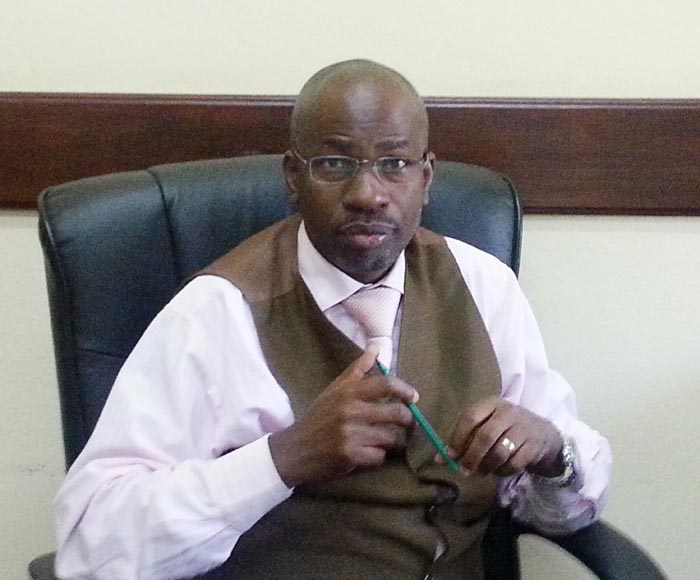This week has been an opportunity to get a closer look at the national reproductive health. Doctor Juma Ndereye, Program Manager of National Reproductive Health Program (PNSR), tells us more about it.-By Joanna Nganda
What does the reproductive health involve?
Reproductive health involves two important ideas: family planning and safe motherhood. A child’s health begins with a healthy mother, and family planning impacts on both the mother and child health, which in turn will impact on the overall well-being of the family. It has been proved that family planning by itself can reduce maternal deaths up to 30%. Safe motherhood involves everything that has to do with obstetric and neo-natal care, blood transfusion, and caesarian sections in hospitals under medical supervision.
In brief, this is what reproductive health involves, and more globally it concerns female genital organs and their functioning.
What is the situation of reproductive health in Burundi?
The level of reproductive health awareness is high. Several surveys in Burundi show that 95% of the Burundian population has necessary information in relation to reproductive health. In Burundi, people are pessimistic and don’t easily recognize improvement; I was in Addis Ababa last week for a conference on reproductive health, and in comparison to some francophone West African countries, Burundi is far more advanced. In fact, our country has made an enormous leap forward: in the 2000s, we had a contraceptive prevalence rate of 2.7%, in 2012 our rate was 25.3%. This is almost a miracle since it is normally known for a country to make improvement of 1.5% per year. But in Burundi, our contraceptive prevalence rates increase of 3% every year for over 5 years now. There are still difficulties to be overcome but a tremendous work is being done and I believe we are on the right path. Delivery under medical supervision is essential because every single delivery is considered as a high-risk pregnancy until proven otherwise. Every woman has to be taken care of by skilled and qualified healthcare staff; every woman has also to deliver in a health center or in a hospital. We also made a remarkable step forward with 68% of deliveries under medical supervision in 2012 compared to only 17% in 2000.
How do you explain such positive results?
They were made possible by the work accomplished by PNSR staff, but PNSR is not alone. The main work was done at the level of health districts and by service providers in health centers and hospitals, other actors are community health workers who continue sensitization campaigns. The progress was also made possible thanks to our partners and the government who helped us with appropriate input. For instance, thanks to all the aforementioned actors, the contraceptive supplies have never been disrupted in 6 years.
Which of the PNSR projects were the most successful?
Both family planning and delivery under medical supervision were very successful. But I have to say that we still have a lot of challenges to overcome in relation to sexuality among teenagers. The high rate of unwanted in-school pregnancies is a big problem that causes phenomena such as infanticide and clandestine abortion.















 IWACU Open Data
IWACU Open Data

